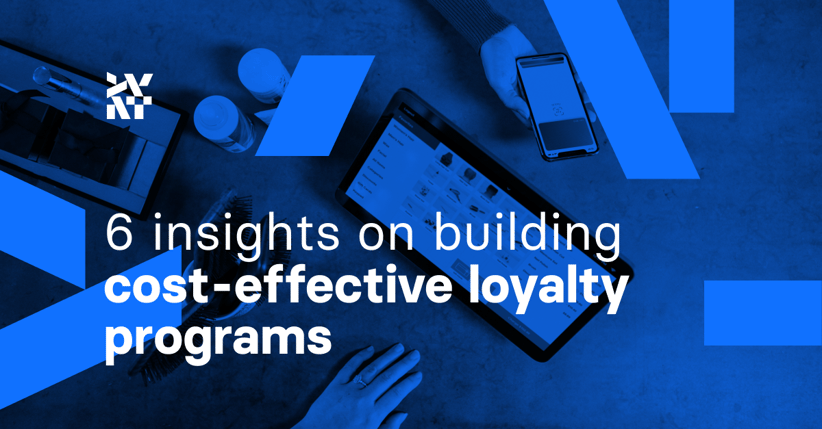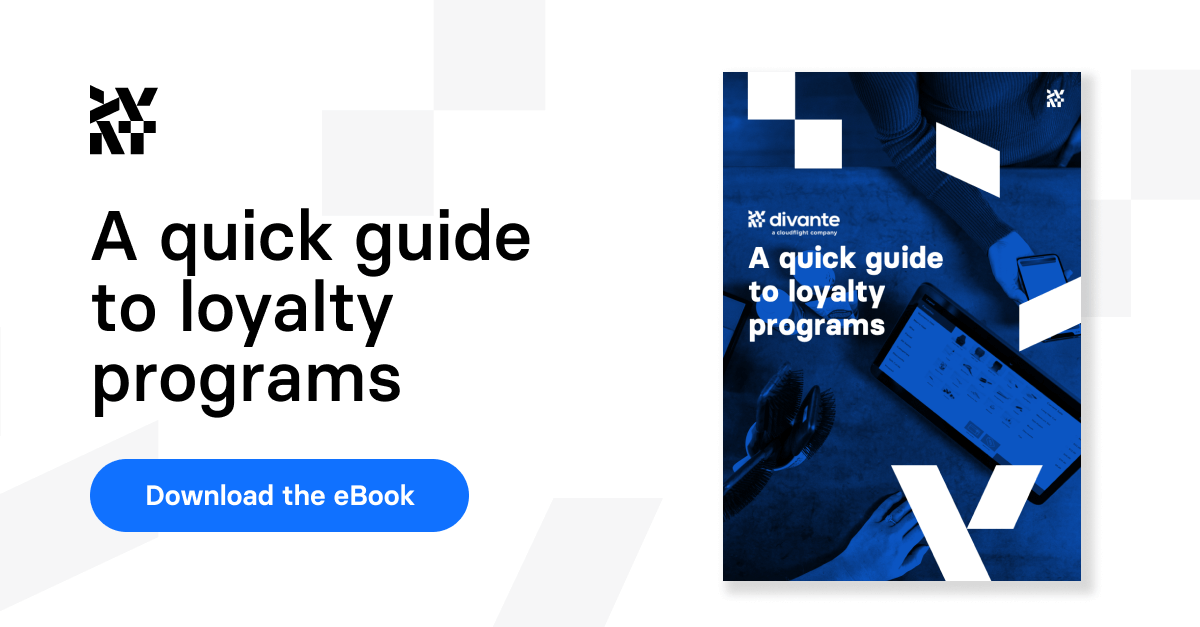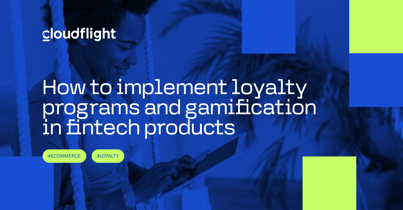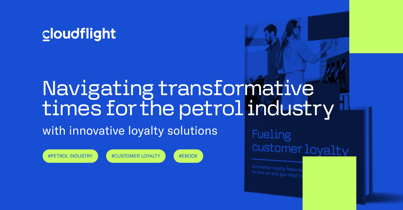When an economic crisis strikes, investment into loyalty initiatives can often suffer. Even if you get positive results, the looming U.S. recession will create a tough time for many companies, and you can expect your marketing budget to shrink.
Luckily, To achieve that, you need to leverage customers’ data to turn your programs into precise ROI-oriented tools. You have to deliver value for your customers, engage them, and make sure you don’t generate excessive costs that don’t directly contribute to those goals.
Here are a couple of insights on how to make this happen. Let’s see how you can wisely cut loyalty costs by optimizing your actions to build the most efficient loyalty program.
1. Segment your target groups
A loyalty campaign should deliver value for a selected group of customers to stimulate them to make a purchase. Focus on that goal, and cut off all the unnecessary expenses.
The best way to focus your efforts is to apply segmentation or, going a step further, microsegmentation. Segmentation is spliting your customers into very defined groups so you can really fine-tune the proposed value with custom offers.
The secret to reaching your target is understanding what value you really offer. The questions you should ask yourself are:
- How can you segment your users?
- What’s an attractive added value for those segments? What can bring customers in and convince them to make a purchase?
- Which of those added value features can you deliver while keeping the costs low on your side?
Your ideas need to be combined with real data about your users' behavior, such as those collected by web analytics software.
In eCommerce, you need a complete set of data that includes demographics, behavioral patterns, and shopping decisions. By having that data, you know exactly what customers expect so you can create a tailored offer and deliver it at the right moment.
In brick-and-mortar stores, salespeople are more effective than any tool. You just have to arm them with the data. As soon as they get information on the users and their segment, they know how to approach them and what to offer. There are already predictive software systems that allow for this.

2. Make sure your tech doesn’t generate excessive costs
Loyalty technology can take up a lot of your budget. Because of that, you can find significant savings once you optimize your loyalty program.
For example, modern technology is moving away from monolithic architecture. It’s costly, difficult to manage and update, and may contribute to vendor lock-in. Your loyalty software has to help you follow the strategy you want to pursue.
If you want your software to stay efficient, look towards modern eCommerce technologies, such as the MACH stack. MACH is an acronym for:
- Microservices-based architecture that allows you to compose your software with separate modules.
- API-based to support easy integrations and let you add necessary features whenever your business requires it.
- Cloud-based to allow for efficient scaling whenever you need it.
- Headless architecture to give you more agility to stay independent from the sales channel.
A MACH stack helps you stay agile and build scalable solutions that’ll help you avoid unnecessary costs in the future. The last thing you want is to experience scalability issues when your loyalty program takes off.
“Finding the right way to optimize costs is a compromise between business requirements and technological capabilities.”
Cezary Olejarczyk, CEO and CTO at Open Loyalty
3. Make sure you only pay for the tech you really need
The architecture is one thing, but there are other ways to mitigate tech expenses.
A common solution would be to introduce near real-time data processing. Near real-time data processing is good enough for points, tiers, rewards, or segment calculation. You don’t need instant calculations most of the time. Slowing it down can help you save money.
Another way is by building progressive web apps (PWAs) instead of native apps. While eCommerce users tend to prefer native apps, PWAs are usually a good solution for retailers on a budget.
If you want to optimize your technology, check out loyalty program optimization checklist.
4. Use the right distribution channels for your segments and microsegments
SMS messages are much more expensive than emails and push notifications. If you use them in the wrong way, you can quickly burn through your budget without getting any results.
At the same time, if you use them correctly, you can address users at the right time. If it works for your audience, the minimal extra cost won’t make a difference. The key is to find out what works best for the particular segment that’s being targeted by those messages.
5. Spend more efficiently through A/B testing
If you’re aiming at efficiency, your loyalty programs have to be evaluated and tested. This is particularly true if your budget is minimal and you have limited time to achieve substantial results.
In practice, A/B testing is a no-brainer for eCommerce. It’s easy to apply, and you can instantly see the results. For brick-and-mortar stores, it’s much more difficult. You have to test your promotions and compare them against each other, with one of the issues being the hectic pace that the promotions change. It can also significantly increase the initial investment, so it might be not the best idea if you’re looking for savings.
If you decide to pursue A/B testing in your promotions, test the variations, and then scale it up. For example, in email marketing and push notifications, a classic example is sending out one version of a message to 25% of your users and another version to another 25%. After finding out which one delivers better results, you can send that message to the rest of your users.
Of course, testing different versions can be much more elaborate than that. With a significant user base, you can, for example, send out four different versions to 10% of your users in order to find the best one that’ll be sent to the remaining 60%.
6. Clean up after the campaign
Data is the key to success in loyalty marketing. It allows you to segment your audiences, build a compelling offer, test the results, and draw conclusions. This process is the key to building cost-effective loyalty programs.
On the other hand, data tends to pile up as the loyalty program develops. Take a closer look to see if you can safely eliminate some of that data to cut storage expenses. For example, when a customer reaches a certain tier, perhaps you don’t need all the details on the activities that led them to that point. There’s no need to squirrel it all away, especially when it’s an expense.
Final thoughts
There’s no one-size-fits-all solution when it comes to loyalty. You have to hone your own program that will be unique, difficult to copy, and tailored to your target group.
The best way to create your own cost-effective loyalty program is to focus on optimizing your strategy for better margins. You have to dig through your customers' data, find the segments that bring the most to your business, and leverage their engagement. By doing so, you can deliver value, even on a tight budget.
Modern software can take over 90% of your tasks in the cost-optimization process. Getting the right technology, cutting excessive costs, and focusing on what brings results can help you make sure you’re getting the best possible ROI.
To begin the optimization process, it’s good to step aside and take a fresh look at what has been already accomplished. Check what data have you collected, and think about how you can leverage it. Do it from scratch, watch the market, competitors, and trends, and look ahead into the next couple of years. Feel free to reach out to us if you need a hand with it.
Published January 11, 2023














